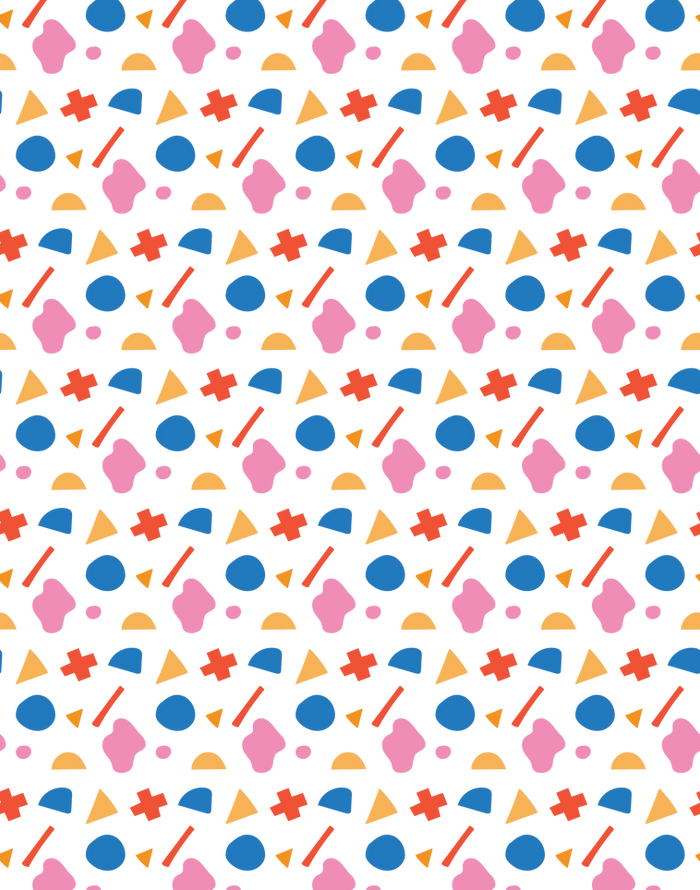Unleashing Creativity, Nurturing More
Resilient Children, Tweens, and Teens
Discover how Creative Counseling Colorado's children's art therapists can help your child flourish. We specialize in empowering children in grades K-8 to express themselves, build resilience, and thrive through the power of art. Experience the transformative impact of art therapy in Denver, Colorado.

WHEN SEARCHING FOR A THERAPEUTIC MODALITY TO HELP YOUR CHILD BE THE BEST VERSION OF THEMSELVES, WE ENCOURAGE YOU TO CONSIDER ART THERAPY AS A MENTAL AND EMOTIONAL SUPPORT RESOURCE THAT CAN BENEFIT YOUR CHILD, TWEEN, OR TEEN.
WHAT IS A CHILDREN'S ART THERAPIST?


A children's art therapist is a mental health professional who utilizes art as a therapeutic tool to help children process emotions, develop coping skills, and enhance self-expression. By creating a safe and supportive environment, art therapists empower children to explore their inner world through visual art.
WHAT DOES A CHILDREN'S ART THERAPIST DO?
A Children's art therapists address a wide range of emotional, behavioral, and traumatic issues. Through art-making, children can:
01
Express Emotions:
Children often struggle to verbalize their feelings, especially when dealing with complex emotions like sadness, anger, or fear. Art therapy provides a non-verbal outlet for these emotions, allowing children to express themselves through painting, drawing, sculpting, or other creative means. This can help them understand their feelings better and develop healthier ways to cope.
02
Build Self-Esteem:
Creating art can be a source of great satisfaction and accomplishment for children. As they develop their artistic skills and explore their creativity, they gain a sense of pride and confidence in their abilities. This can have a positive impact on their self-esteem and overall well-being.
03
Develop Problem-Solving Skills:
Art therapy fosters creativity and innovative thinking, which are essential skills for problem-solving. Children can learn to approach challenges from different perspectives, experiment with various solutions, and find creative ways to overcome obstacles. These skills can be applied to various aspects of their lives, both inside and outside the therapy room.
04
Process Traumatic Experiences:
For children who have experienced traumatic events, art therapy can be a powerful tool for healing. Through art-making, children can safely explore and process their emotions related to the trauma, without feeling pressured to talk about it verbally. This can help them understand their experiences, reduce anxiety, and develop healthy coping strategies.


ART THERAPY OFFERS A UNIQUE AND EFFECTIVE WAY FOR ANXIOUS OR EMOTIONAL PEOPLE TO EXPRESS THEIR EMOTIONS AND EXPERIENCES IN A
NON-THREATENING AND CREATIVE ENVIRONMENT
For children and teens who struggle with anxiety, traditional talk therapy can often feel overwhelming or intimidating. In contrast, art therapy provides a more approachable avenue for self-expression. Through drawing, painting, sculpting, and other artistic activities, children can externalize their internal world, making it easier for them to communicate what they are feeling without the pressure of finding the right words.
This therapeutic approach is particularly beneficial for guarded children and teens who may have difficulty opening up about their emotions. Art therapy allows them to process their feelings at their own pace, using symbols, colors, and images to convey complex thoughts and experiences. The act of creating art can also be inherently calming and can help reduce anxiety levels, providing a sense of control and accomplishment. By engaging in art therapy, children can build a bridge between their internal experiences and external communication, fostering greater self-awareness and emotional resilience.

HOW DOES ART THERAPY WORK?
Art therapy offers a unique approach to child therapy. It allows children to communicate their experiences and emotions through visual expression. Unlike traditional talk therapy, art therapy focuses on the process of creating art rather than the final product.
Through art-making, children can:
03
Build Resilience
The creative process of making art often fosters self-confidence as children learn to persevere through challenges in their work, willingness to experiment, and be flexible and open-minded to change. All of these are helpful skills to learn on the way to building resilience.
01
Explore their inner world
Art therapy allows children to express their emotions and the better understand and cope with them. In the process, with a therapist, they can problem solve and process traumatic experiences, which promotes healing and resilience.
02
Develop Coping Mechanisms
Art is a creative act that fosters critical thinking, innovation, and adaptability. Children can learn to express themselves in healthy ways in order to manage stress and challenges in life. Creative outlets are a fantastic way to release stress and learn to cope.

HOW IS ART THERAPY DIFFERENT FROM TRADITIONAL THERAPY?
Art therapy offers a child-centered approach that emphasizes self-expression and creativity. Unlike traditional talk therapy, which relies primarily on verbal communication, art therapy provides a visual language for children to explore their experiences.
The art therapist creates a supportive environment where children can experiment with different art materials and techniques. By observing the child's art-making process, the therapist can gain insights into the child's emotional world and develop therapeutic interventions.
THE THERAPIST'S ROLE IS TO OBSERVE:
An art therapist is trained to observe and interpret a child's artwork to better understand their inner world. They create a safe space for the child to explore their emotions and develop coping skills. In observing kids open up naturally, a trained counselor can address problem areas, including behavioral and emotional issues.

BENEFITS OF ART THERAPY FOR CHILDREN
Art therapy can have a profound impact on a child's emotional well-being, including:
-
IMPROVED EMOTIONAL REGULATION: Art therapy provides a safe and expressive outlet for children to process and manage their emotions, leading to better emotional regulation and coping skills.
-
ENHANCED SELF-ESTEEM AND CONFIDENCE: Through creative expression, children can develop a sense of pride in their accomplishments and build self-confidence. Art therapy can also help children discover and appreciate their unique talents and abilities.
-
INCREASED SELF-AWARENESS: Engaging in art therapy allows children to explore their thoughts, feelings, and experiences in a non-verbal way, leading to greater self-understanding and self-awareness.
-
STRONGER COMMUNICATION SKILLS: Art therapy can help children develop and improve their communication skills, as they learn to express themselves through their artwork and interact with others in a creative context.
-
REDUCED ANXIETY & DEPRESSION SYMPTOMS: Art therapy has been shown to be effective in reducing anxiety and depression symptoms in children, as it provides a calming and therapeutic environment for children to process their emotions and build resilience.
-
IMPROVED SOCIAL SKILLS: Art therapy can foster social interaction and collaboration among children, as they work together on group projects and share their creations. This can help children develop important social skills, such as empathy, cooperation, and teamwork.

TECHNIQUES USED IN CHILD'S PLAY THERAPY

At Creative Counseling Co., we incorporate various art therapy techniques tailored to each child's needs. Depending on the issues your child is facing and their age, we may use any of the following techniques
-
DRAWING AND PAINTING: These traditional art forms allow children to express their emotions and thoughts through color, shape, and composition.
-
SCULPTURE AND CLAYWORK: Working with three-dimensional materials can provide a tactile and sensory experience, helping children to connect with their emotions and explore their creativity.
-
COLLAGE AND MIXED MEDIA: Combining various materials and textures can encourage children to experiment and express themselves in new and innovative ways.
-
ART JOURNALING: Keeping a visual journal can provide a personal and reflective space for children to explore their thoughts, feelings, and experiences over time.
-
STORYTELLING THROUGH ART: Creating visual narratives can help children develop their imagination and communication skills, while also allowing them to process their own experiences and emotions.
WHY CHOOSE CREATIVE COUNSELING COLORADO?

1
CERTIFIED TO PRACTICE ART THERAPY IN COLORADO
Leigh Bates, owner of Creative Counseling Colorado, is a board-certified art therapist and Licensed Practicing Counselor (LPC). Her expertise in play therapy is underscored by receiving her RPT (Registered Play Therapist), which is the highest level of play therapy training available in the country.
2
COLLABORATIVE APPROACH TO ADDRESSING PROBLEM BEHAVIORS
Whether your child is struggling to build healthy self-esteem, explodes in anger, or doesn’t play well with others – a robust action plan will be made in tandem with your trained therapist, involving you every step of the way.
3
ADDITIONAL SUPPORT FOR PARENTS
Whether you’re aware of it or not, there are several ways parents can help their children become stronger, more resilient versions of themselves. We’ll coach you through the process with compassionate care and expert advice.
Questions? We got answers
CHILDREN'S ART THERAPY FAQ:
How Long Does Art Therapy Take?
The duration of art therapy varies depending on the individual's unique needs and goals. Typically, sessions last between 45 and 60 minutes. The number of sessions required can range widely but often falls between 10 and 20, especially for those processing a traumatic experience. It's essential to remember that art therapy is a collaborative journey between the client, therapist, and, when appropriate, family or support system. The treatment plan is tailored to each individual's specific circumstances.
What to Look for When Hiring an Art Therapist?
When selecting an art therapist for yourself or a loved one ensuring they are fully licensed and authorized to practice is crucial. Additionally, consider if their therapeutic approach aligns with your goals and values. Building a solid therapeutic relationship is essential, so feeling comfortable and connected with the therapist is vital.
What Credentialing Does an Art Therapist have?
In the state of Colorado, there is no designated art therapist license, but rather a national one. Leigh curretly hold as an ATCS which means she is board certified and able to supervise provisional art therapaist who are in seek of board certification as well.

